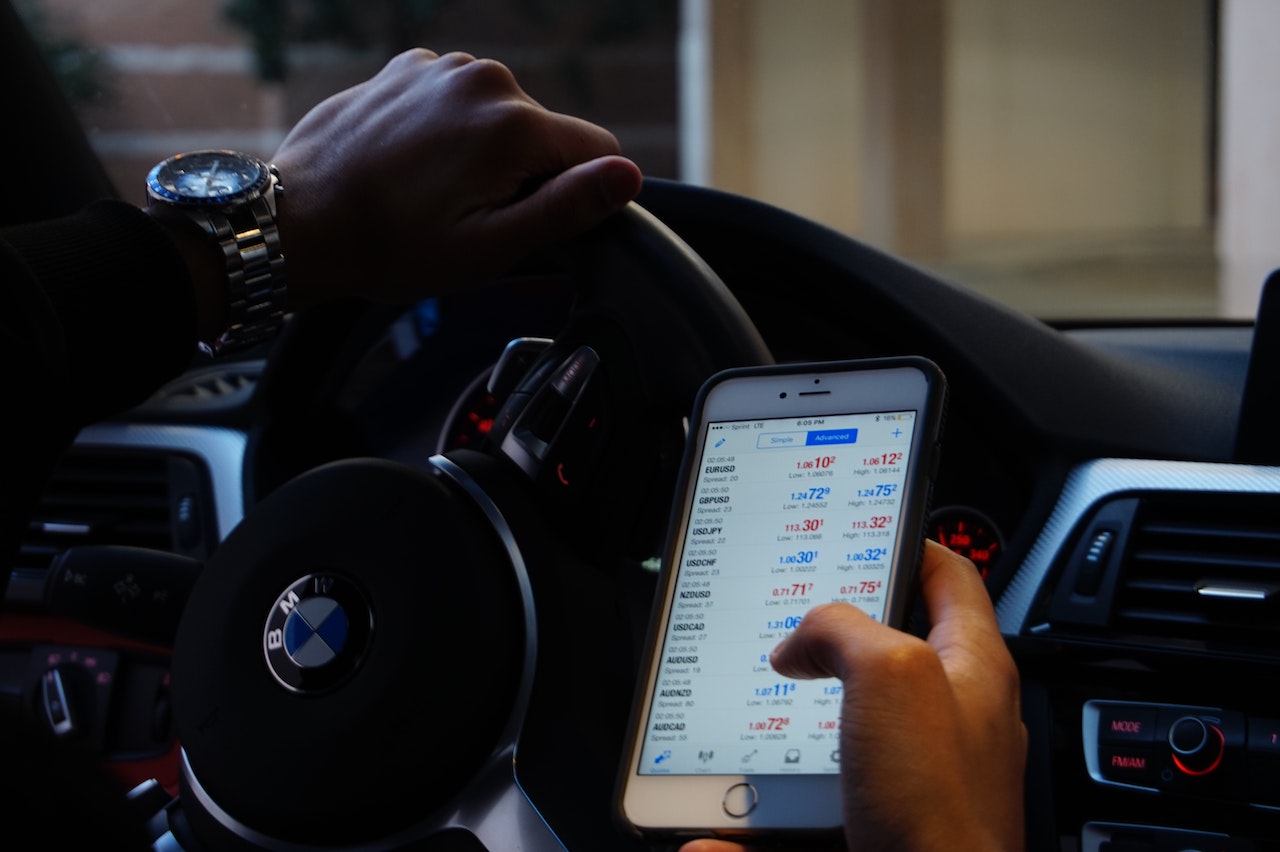The foreign exchange market (forex) has a seriously low entry barrier, which makes it one of the easiest trading markets to get involved with. All you need is an internet connection, a computer and a couple of hundred pounds for investing. Easy entry doesn’t promise big rewards, but you could make a lot of money in the long run.
For some, it can be difficult to learn the high-leverage rules for trading forex, but it is essential to understand the game before you play it. Forex trading is not about luck or how smart you are, but it’s all about playing the long game and self-discipline. Just like any trading platform or market, there are many misconceptions that can result in a lot of money lost, so in this article, we will go through the top beginner’s forex trading mistakes and how to avoid them.
If You Keep Losing, Don’t Keep Trading
To know that you are successful, it is important to understand the two main statistics for your success. The first is your win rate, the other is your risk-reward ratio. The win rate is the number of times you win which is then shown as a percentage. For example, if you win 20 trades out of 100, then it would show as 20%. A day trader needs to work to maintain a rate of around 50%. With this in mind, your reward ratio is how much you win, compared to how many times you lose. If your average loss is around £30 and the winning trades are £80, the reward-risk ratio would be £80/£30 = 2.6. A ratio of 1 means you are losing as much as you are winning. It is recommended that a day trader needs to win above 1.25.
Lack Of Consistency
Many people make a huge mistake by not being organised and just not being consistent with their strategy, but making strategic decisions and sticking to your strategy will provide more success than not remaining consistent. If the strategy isn’t aligned with the current performance of the market, it’s time to shift the strategy. Random decisions or impulses are exactly what hinder results and your progress. So to improve your chances, stick to your strategy and don’t make any impulse decisions.
Trading Without A Stop Loss
A stop-loss is an order that will get you out of a trade if the price moves against you. This only happens if you set an amount you specify. You should always have a stop loss in place so that you don’t lose all of your money.
When you have a stop-loss in place on the trades, you have just given yourself a lifeline and have taken a lot of the risk away from investing. If you start taking losses on your trade, the stop loss will in turn prevent you from losing any extra money that you can’t handle.
Risking More Than You Can Afford
One of the main rules for your risk management strategy is to establish how much money you can afford to lose and stick to it on each trade. Day traders should usually risk less than 1% of their overall capital on a trade. This in turn allows your stop-loss to take action and pull you out if the loss is more than 1%. This is the same if you make multiple trades, if each one is lost, you will only lose that 1% that you could afford. To further remedy this, ensure that you have a percentage that you can lose per day, if you go over, stop trading for the day.
Relying On Indicators, Tools and Fad Gimmicks
Some beginner traders who are just starting to learn the ropes get tempted by indicators to make a trade as they believe that this will make them bigger profits, wrong. This is not true, in the real world traders need to understand every process and strategy and need to learn how to decipher a price chart that is untainted. When you read these on a daily basis, you will begin to understand and see patterns etc. This is how you learn, and this is how you are going to make better profits. While the indicators are tempting, it is actually hindering your long-term goals and growth, so learn properly!
Going All In (Trying To Win Your Losses Back)
It’s great having a risk management strategy in place, but in reality, nobody is actually stopping you from investing more. There are inevitably going to be those days when you have those days where you are just tempted to ignore and then invest way more than you can actually afford. By doing this, you are just hedging your bets to fall.
One day you could have lost multiple trades in a row, but then you feel like you want to invest more to win back, then the next day you could be continuously winning and feel invincible and then want to invest further. Either reason, you know that this is not sustainable, and you know that if things turn bad, it can really go bad, so remain consistent and stick to your budget. Instead, when you feel you need to invest more, stick to your 1% rule and maximum3% a day, this way you avoid dramatic losses and avoid going bust after you skip your stop-loss.
Choose The Wrong Broker
Hiring a regulated broker is a great way to get some relevant information and some skilled knowledge on what to invest in. It is hands down one of the biggest trades you will do passing your money to someone else to invest for you, so it is absolutely crucial that you do your research and pick the right broker. If you don’t do your research, you could face being in financial trouble, or you could even face being scammed and losing all of your investment. If you have been scammed in the past, speak to a solicitor who specialises in Forex trading scams as they can help to recover a large majority of your trading losses.
Trading Without A Plan
If you want to take trading on the foreign exchange market seriously, then you’re going to need a plan, a good plan. A trading plan is a detailed record of what your plan is. It mostly outlines what you are going to do, how you are going to do it and when you are going to trade. The plan will include information on the markets you are going to trade, how long you’re going to research and then the duration of the time you are going to trade for. Risk management should also be a focus outlining how you will enter and exit trades for both positive and negative situations.



